Hello world!
Welcome to WordPress. This is your first
Reviving heritage, empowering culture, and celebrating Bihar’s timeless legacy.












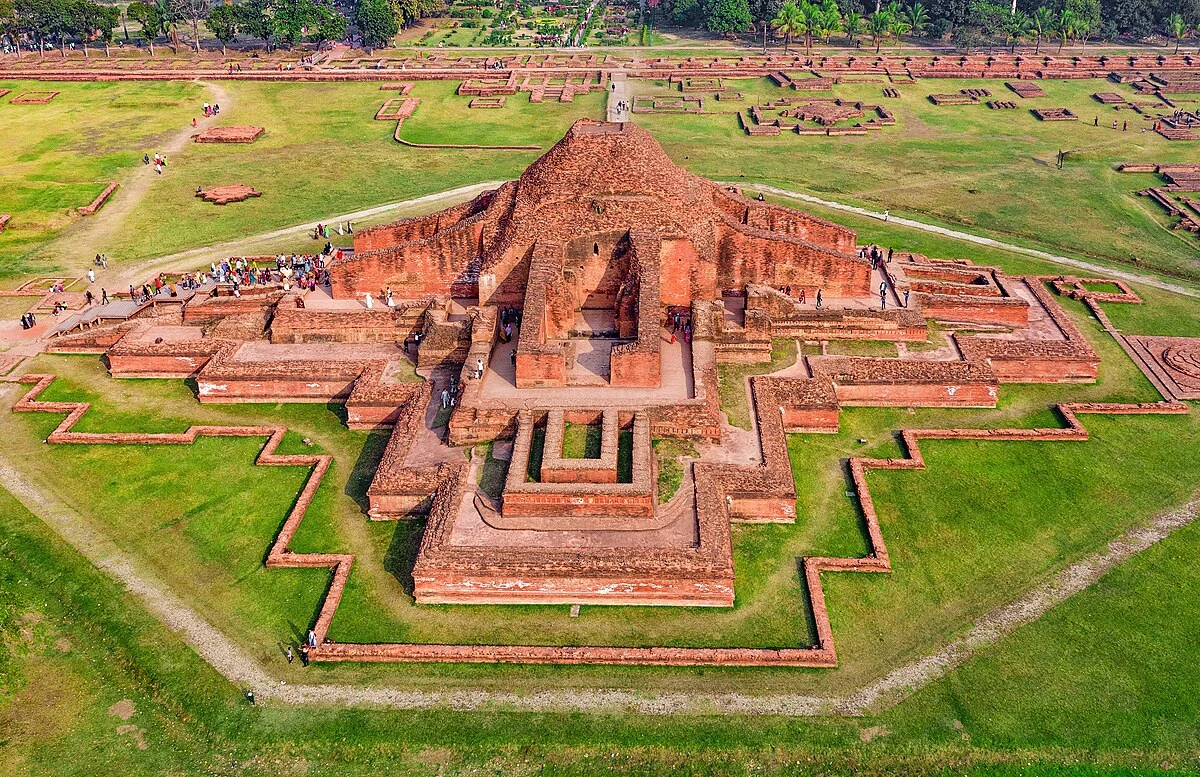
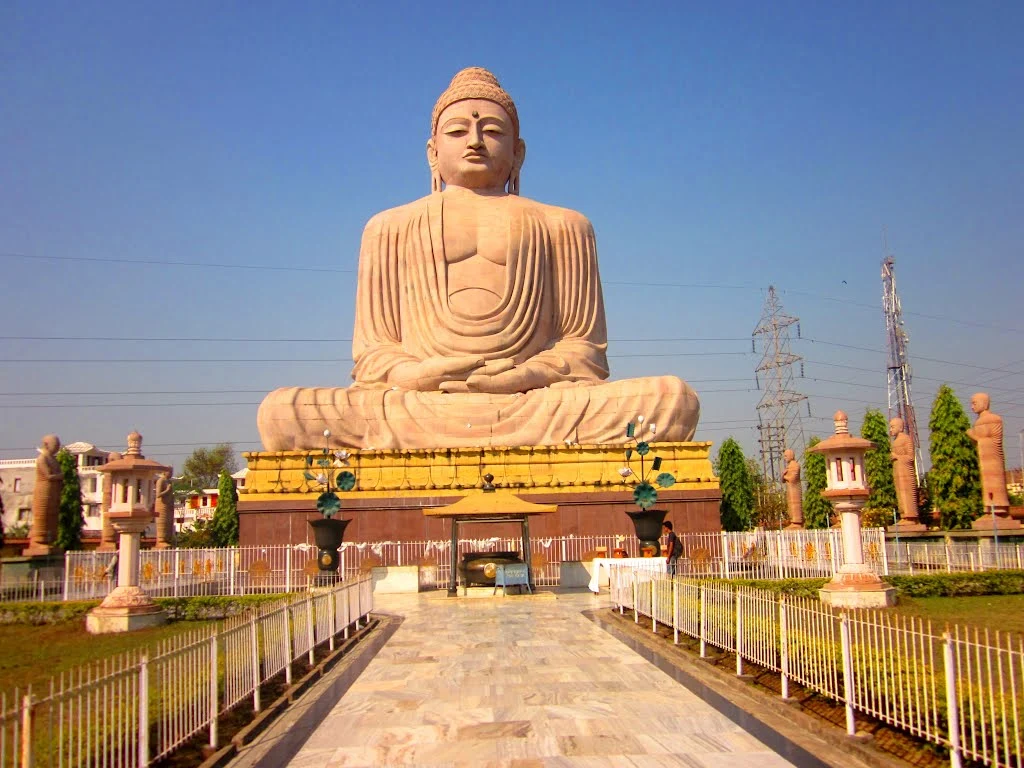
Established in 2008, Sandhan is a committed non-governmental organization based in Bihar, striving to revive the state’s cultural pride, historical wisdom, and community resilience. With deep roots in Bihar’s ancient legacy, we work tirelessly to connect the present generation with the region’s timeless traditions, intellectual achievements, and social reform movements. Our initiatives span historical research, grassroots mobilization, rural education, heritage conservation, and youth empowerment.
At Sandhan, we believe Bihar’s story is not just of the past — it is a living legacy waiting to inspire a brighter future. From the teachings of Nalanda University to the vibrant motifs of Madhubani art, from the sacred energy of Dev Sun Temple to the natural serenity of Kaimur waterfalls, every corner of Bihar holds a narrative worth preserving. We actively engage with local communities, scholars, and artists to document, celebrate, and protect these diverse elements of identity.
Our goal is to awaken a sense of pride and purpose among Biharis — especially the youth — and to foster inclusive growth rooted in cultural consciousness. Through festivals, publications, heritage walks, digital storytelling, and civic awareness programs, Sandhan is building a movement to reclaim Bihar’s legacy and reshape its future.
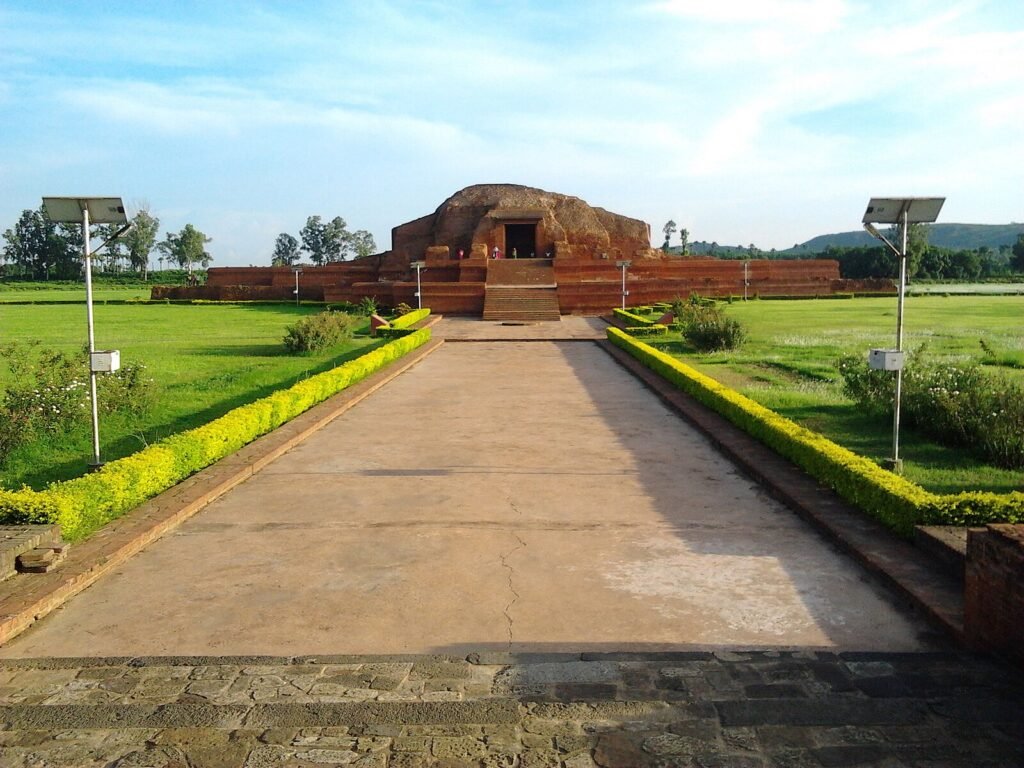
Our vision is to see Bihar emerge as a vibrant hub of knowledge, culture, and social progress.
We aim to empower communities and youth by blending ancient wisdom with modern innovation.
By reviving heritage and fostering inclusivity, Bihar will become a model for sustainable and enlightened growth.
Our mission is to revive Bihar’s cultural and intellectual legacy, empowering communities and youth through education and civic engagement.
We aim to promote forgotten traditions, heroes, and local histories while driving grassroots development.
Through every initiative, we strive to foster pride, identity, and inclusive social change across Bihar.
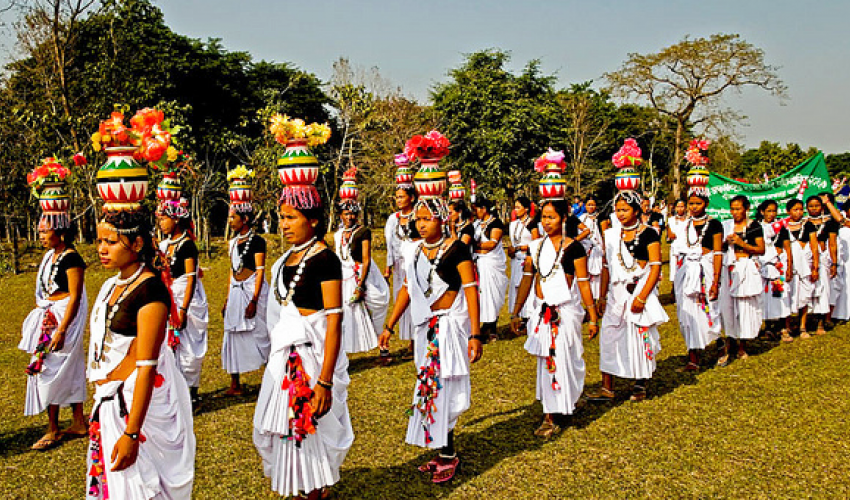
From the rhythmic traditions of the Tharu tribe to the spiritual silence of the Dev Sun Temple and Vishwa Shanti Stupa, Bihar is a land where history, culture, and nature co-exist in harmony.
Whether it’s the graceful folk dances, the vibrant strokes of Madhubani art, or the serenity of natural waterfalls in Kaimur and Rohtas, each element of Bihar's identity tells a story of resilience and pride.
With your contribution, we can preserve:
Sacred temples and ancient monuments
Indigenous cultures and tribal traditions
Natural landmarks and eco-heritage
56+ Cultural Sites Documented & Supported
Let's stand together to honor the past, protect the present, and inspire the future.
Start Helping
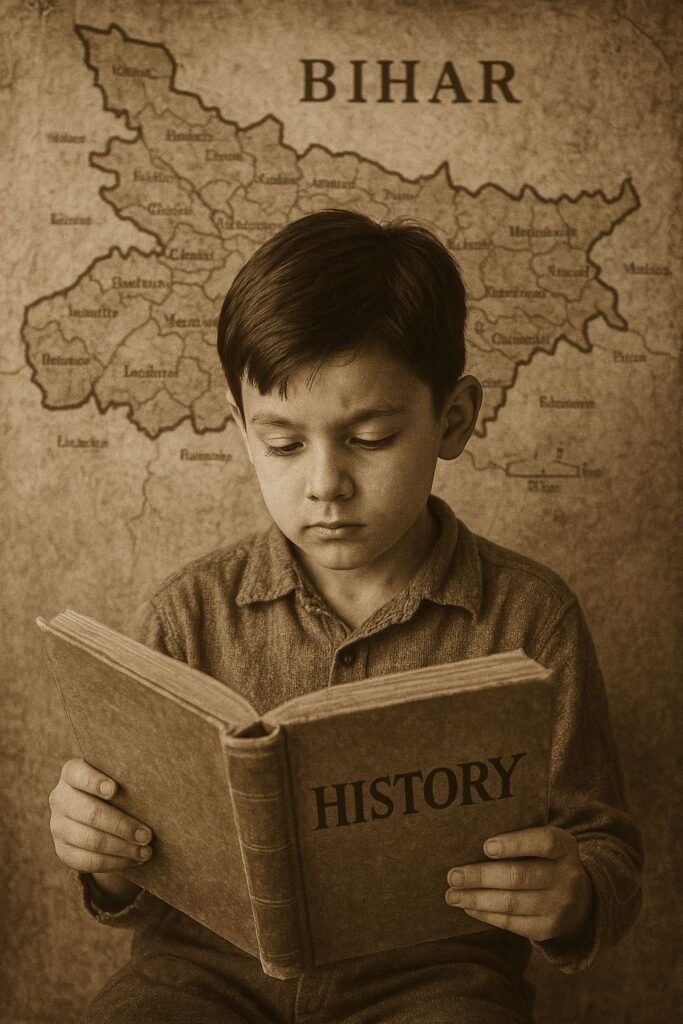
Honoring the Past, Inspiring the Present
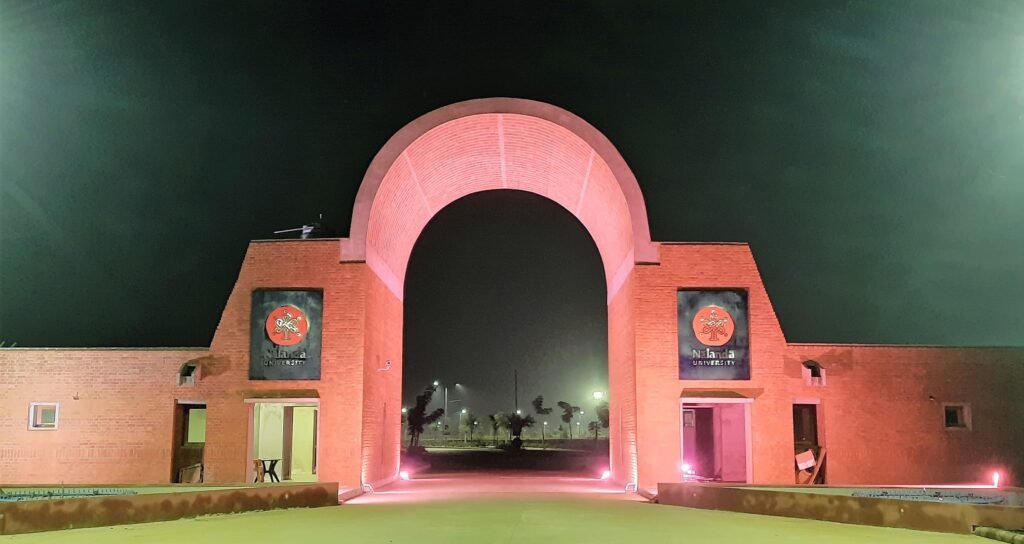
A new spiritual center aimed at boosting global tourism and local identity.
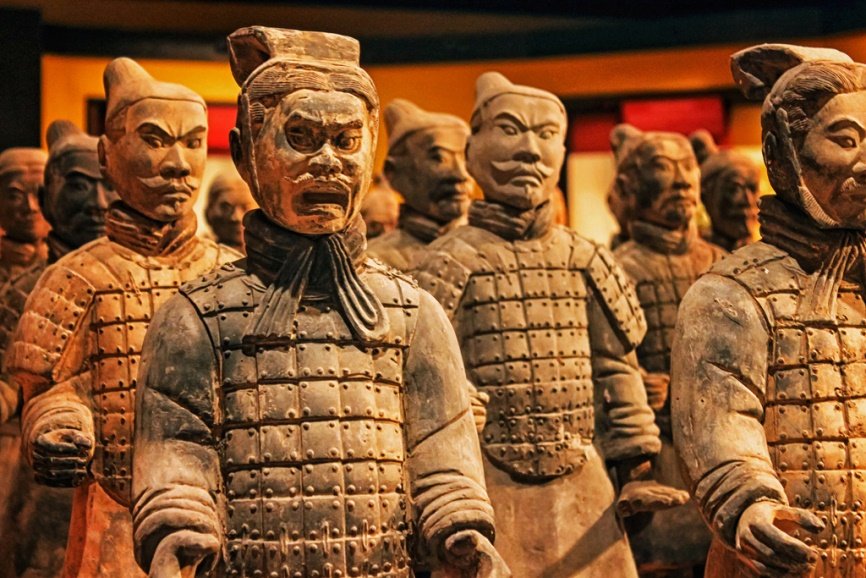
A celebration of indigenous art, dance, and cuisine that brings tribal culture to the forefront.
A modern international academic hub being built alongside the ruins of the ancient Nalanda seat of learning.

Rare finds from the Gupta period showcased to highlight Bihar’s hidden history.
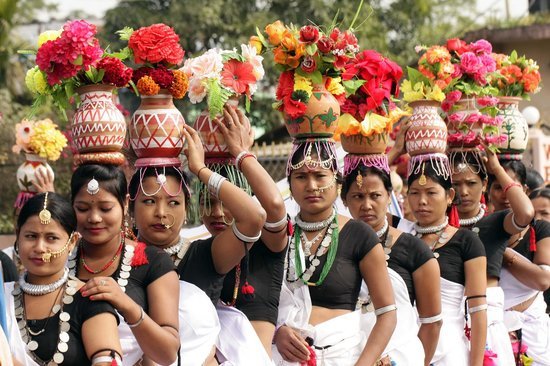
New archaeological initiatives shed light on the Mauryan emperor’s connection to present-day Bihar.

A celebration of indigenous art, dance, and cuisine that brings tribal culture to the forefront.
Patna Kalam painting tradition blends Mughal finesse with local artistry, depicting everyday life, culture, and nature beautifully.
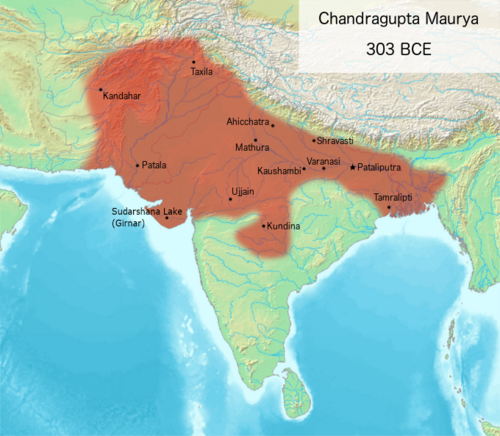
Rare finds from the Gupta period showcased to highlight Bihar’s hidden history.

Honoring the Past, Inspiring the Present

A modern international academic hub being built alongside the ruins of the ancient Nalanda seat of learning.

Rare finds from the Gupta period showcased to highlight Bihar’s hidden history.

A new spiritual center aimed at boosting global tourism and local identity.

A celebration of indigenous art, dance, and cuisine that brings tribal culture to the forefront.
Patna Kalam painting tradition blends Mughal finesse with local artistry, depicting everyday life, culture, and nature beautifully.

Rare finds from the Gupta period showcased to highlight Bihar’s hidden history.

New archaeological initiatives shed light on the Mauryan emperor’s connection to present-day Bihar.

A celebration of indigenous art, dance, and cuisine that brings tribal culture to the forefront.
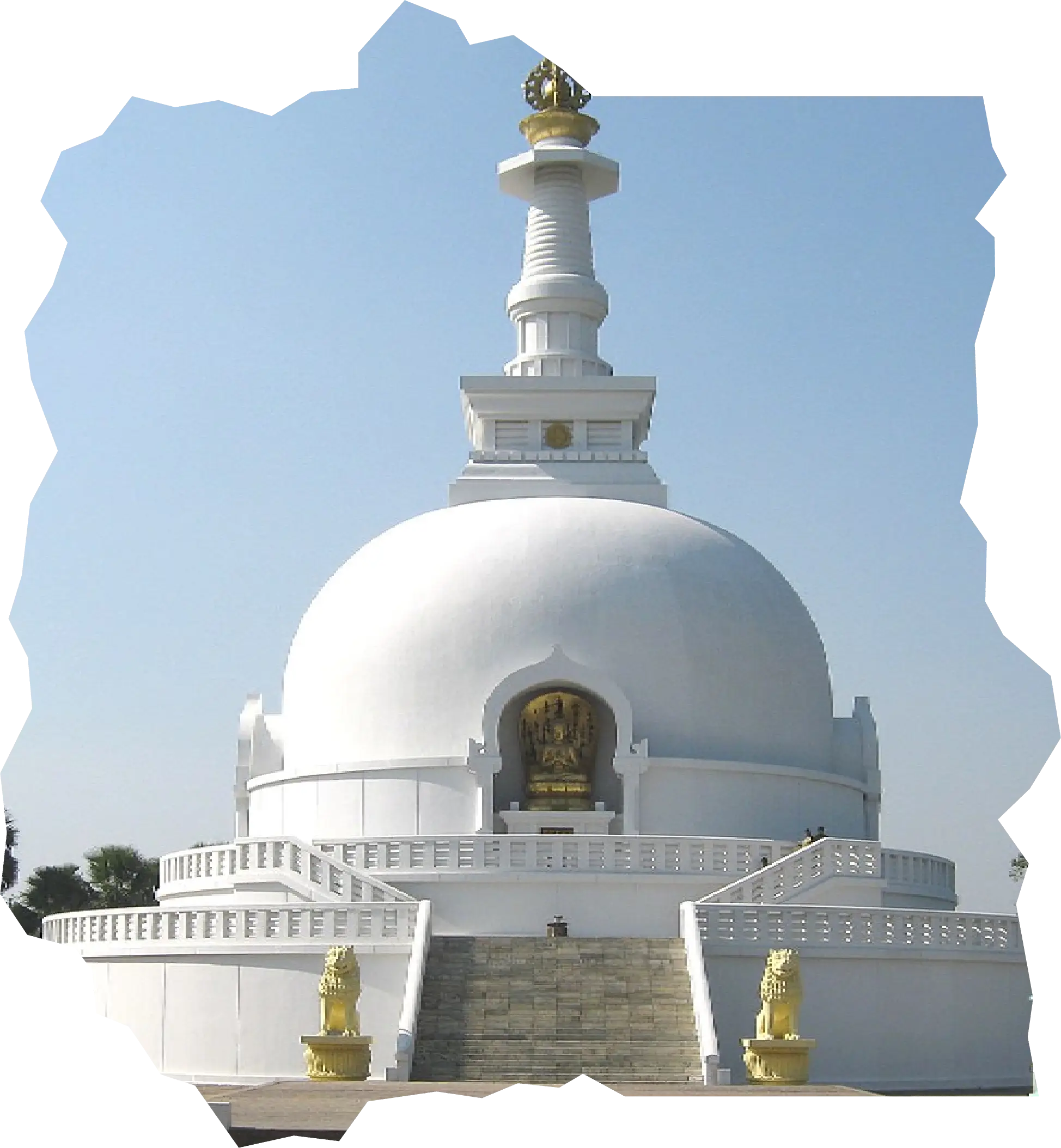
"Bihar is not just a place — it’s a pulse of India’s ancient soul, waiting to be heard again."
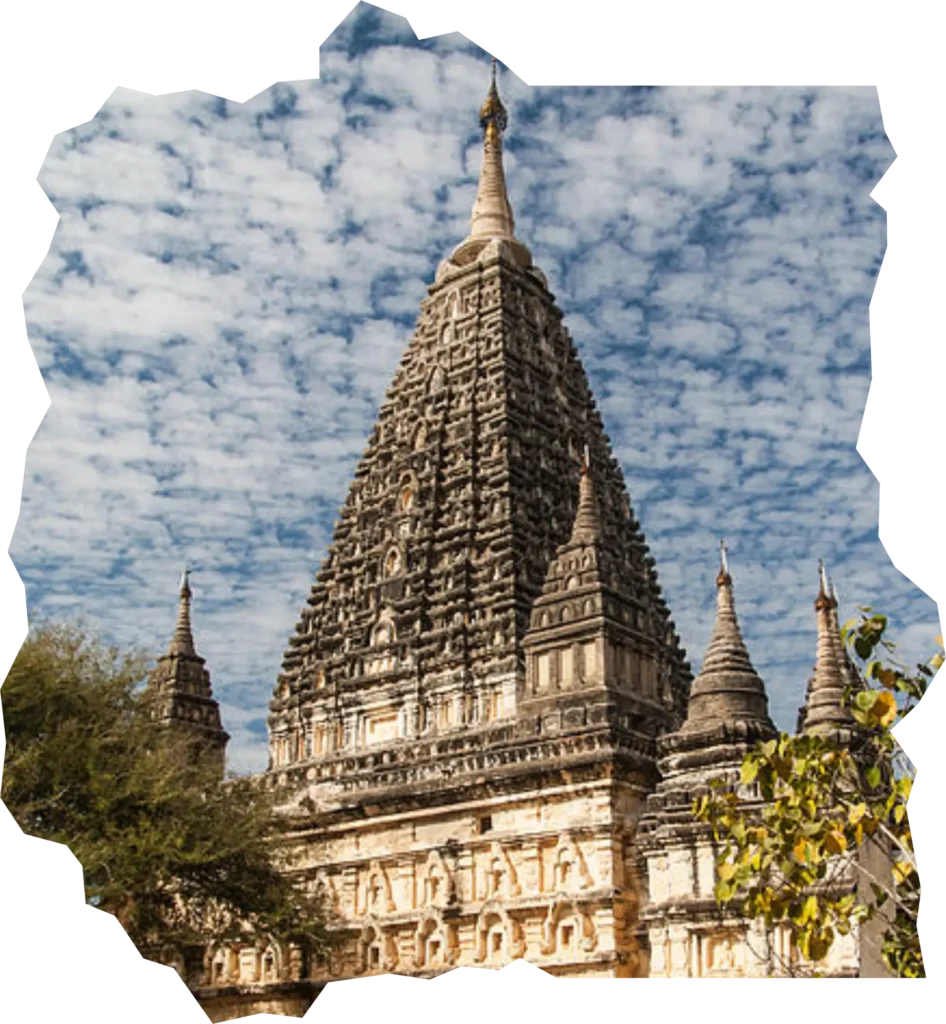
Stand with Us in Reviving Bihar’s Cultural Pride, Social Strength, and Intellectual Glory
Supporting Madhubani, Sujni, and other traditional art forms by providing artisans with resources, training, and direct market linkages to ensure their craft thrives in the modern era.
Introducing the youth to Bihar’s rich cultural history, tribal traditions, folk literature, and classical languages through workshops, school programs, and local collaborations.
Providing essential vaccinations to prevent the spread of diseases in refugee camps and shelters.
Promoting eco-cultural tourism by spotlighting Bihar’s natural beauty—like Kakolat Falls, Telhar Kund, and sacred groves—alongside its rural art villages and tribal communities.
Celebrating and preserving the identity of indigenous communities like the Tharu, Santhal, and Oraon tribes by supporting their livelihoods, documenting oral histories, and integrating tribal knowledge into mainstream development.
Bihar’s heritage is richly encoded in its traditional symbols. The Peepal tree, revered in spirituality and known as a source of wisdom in Buddhist and Hindu traditions, stands as a living monument of resilience. The Lotus, blooming from the mud, reflects purity and spiritual awakening — a symbol echoed in Bihar’s ancient teachings. Bamboo, with its strength and flexibility, symbolizes the craftsmanship of rural artisans and is a core material in local livelihoods and rituals.
These symbols are more than nature — they are carriers of identity, memory, and meaning. By honoring them, we reconnect with the roots of Bihar’s living culture.
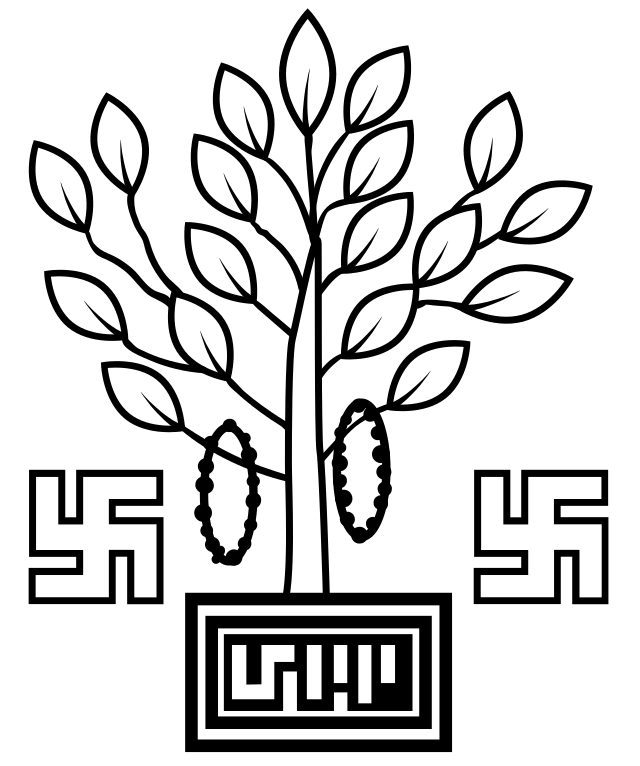
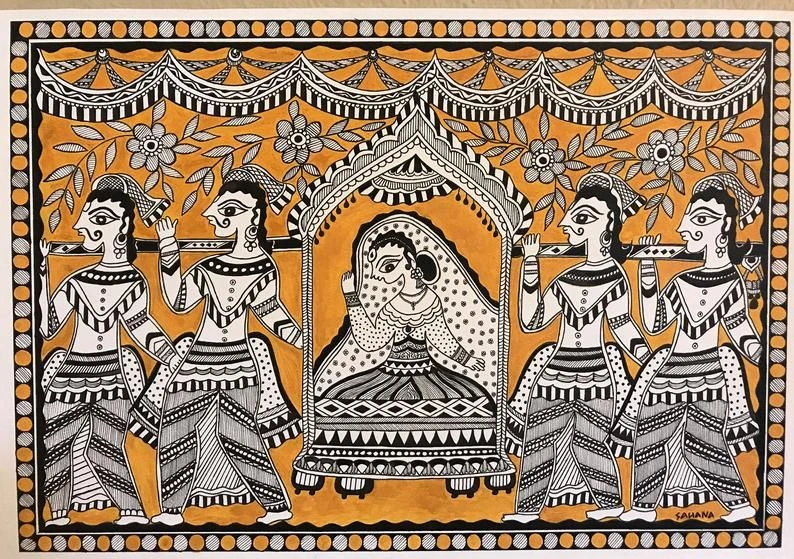
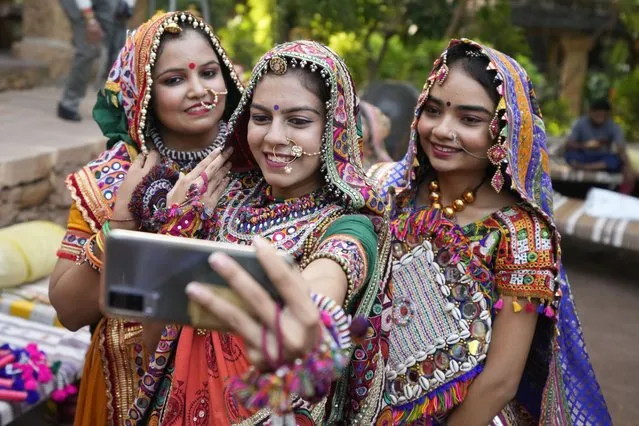
Discover the latest updates, stories, and achievements from our center as we work tirelessly to support refugees in need.
Welcome to WordPress. This is your first
Despite facing unimaginable hardships, refugees show incredible resilience.
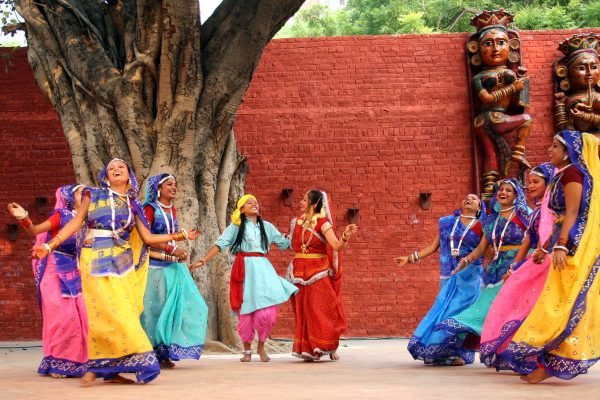
A traditional dance drama of Mithila, symbolizing love and hardships—now performed at national and international cultural festivals.
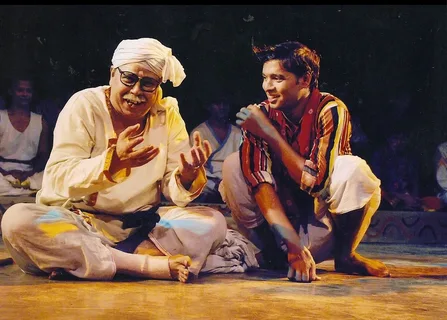
Created by Bhikhari Thakur, Bidesia highlights migration struggles; now revived in plays, films, and global cultural exchanges.
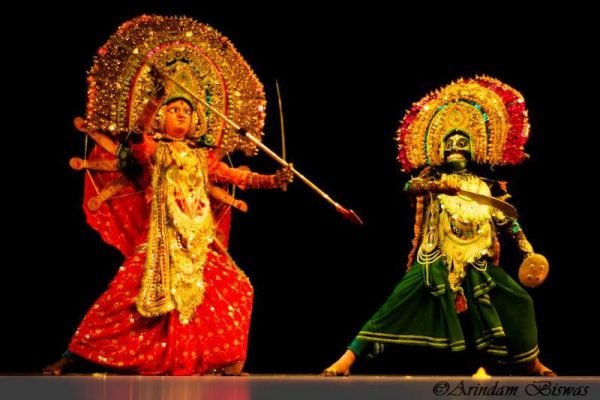
Originally tribal martial dance, Chhau is now featured in world dance events for its storytelling and athletic performance style.
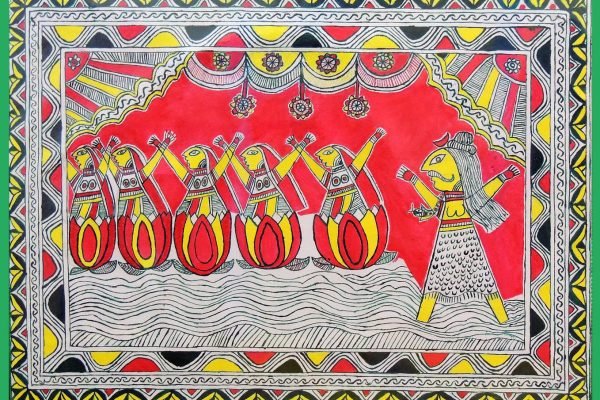
Ancient Bhagalpur-origin art once fading, now showcased in exhibitions and products through government support and global designer collaborations.
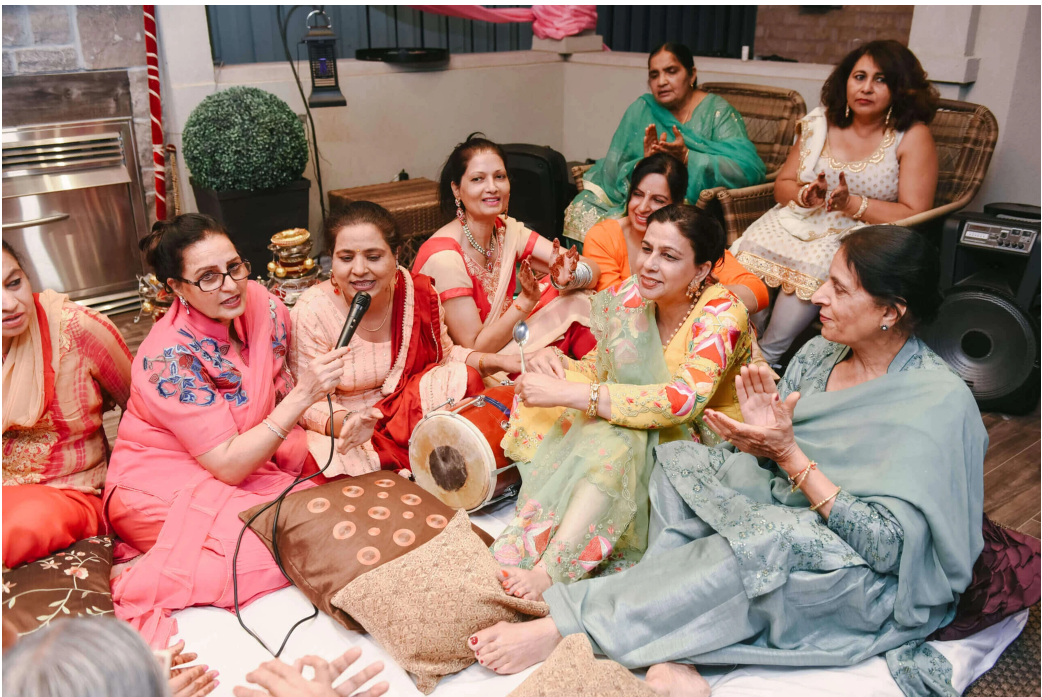
Traditional Bhojpuri songs sung during childbirth, now archived and performed globally to preserve Bihar’s oral musical heritage.
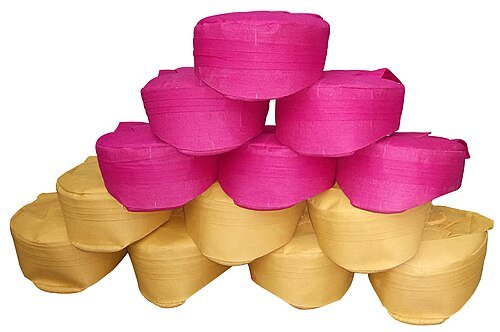
The Mithila “Paag” (headgear) symbolizes respect—revived as a cultural icon and promoted globally through events and diplomacy.

Reviving Bihar’s Cultural & Intellectual Glory
Sandhan is a Bihar-based NGO reviving heritage, empowering communities, and inspiring cultural and social change.

Support our mission by contributing directly through a secure bank transaction.
Account Name: Sandhan
Account Number: 00030100014971
Bank Name: Bank of Baroda
Branch: Patna Main Branch
IFSC Code: BARB0PATNAX